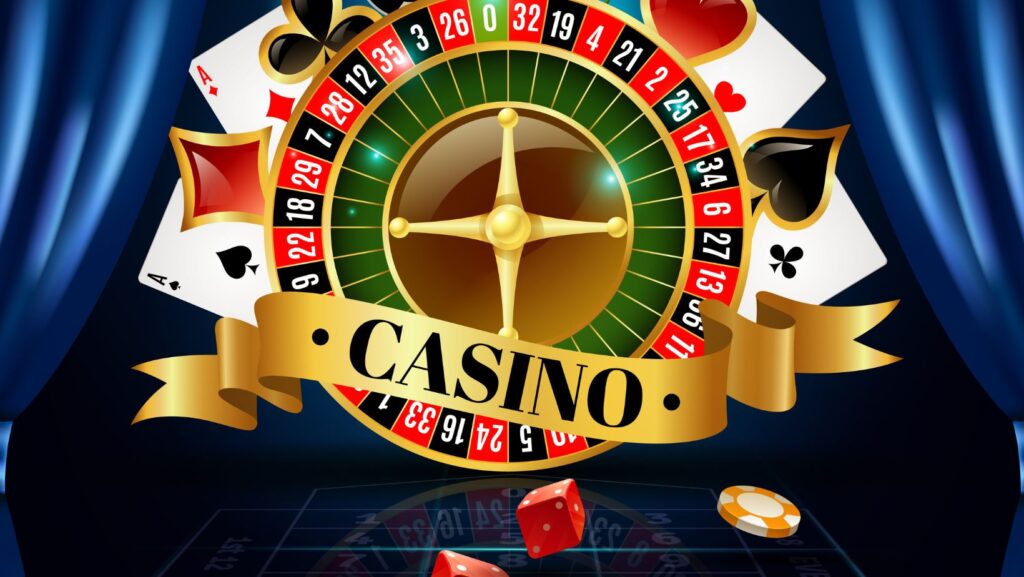Casinos are a form of entertainment that attracts millions of players worldwide. They can be quite fun, especially for people who love gambling games. However, their high-stakes nature makes them a prime target for fraud and cheating. Online casinos like Vulkan Vegas and their land-based counterparts invest heavily in advanced technology to ensure fair play, guarantee a secure gaming environment, and protect their revenues.
Since desperate times call for desperate measures, fraud detection in casinos has transformed from depending on vigilant security personnel to using cutting-edge technological systems. Let’s dig in!
Casino Security
Initially, casino security relied on physical observation and manual record-keeping. Security personnel would protect and monitor gaming floors and players to fish out suspicious activities. However, as the complexity of fraud tactics evolved, so did the need for upgraded security systems. Then came technology, which has been solely responsible for transforming casino security into a highly automated and efficient domain.
The emergence of closed-circuit television (CCTV) in the 60s was a game-changer. For the first time in the history of surveillance, casinos could record activities on their premises. Also, they could review footage to identify any patterns of discrepancies. The CCTB has evolved into a high-definition surveillance network today. It is now integrated with advanced software which is capable of real-time analysis. Besides collaborating with law enforcement and industry experts, below are some modern and advanced security measures, courtesy of technology.
Facial Recognition Technology
This is one of the most effective tools in a modern casino. They use facial recognition technology to recognize cheaters, players wanted by law enforcement, or barred individuals. Here is how this works:
- Casinos have access to extensive databases of people suspected of fraud or banned from gambling establishments. Hence, the facial recognition software scans players as they enter the premises to compare their faces to stored images in real time;
- If the system detects a match, security personnel get instant alerts, which aids them to act immediately. These measures reduce the risk of cheaters accessing and engaging in fraudulent activities at gambling venues;
- Beyond identifying wanted offenders, it can also access facial expressions and micro-movements to detect nervousness or stress, which may indicate malicious intentions.
Although facial recognition technology is highly effective, it raises privacy concerns. However, many casinos address this issue by complying with local laws and using the tech exclusively for security purposes.
Behavioral Analysis
This one digs deeper beyond the surface. It takes things further by checking for patterns, actions, and decisions made by the players. This technology uses artificial intelligence (AI) and machine learning to detect anomalies that indicate cheating or collusion. The following are ways gambling venues use this tech:
- Many modern gambling venues use loyalty programs to track player behavior. These systems monitor gaming habits, betting patterns, and time spent on specific activities. Sudden changes from normal behavior can trigger alerts. For instance, a low-stakes player suddenly making high-stakes bets might indicate money laundering or collusion;
- Behavior analysis also extends to gaming tables and dealers. AI-powered cameras monitor interactions. This way, they ensure that players are not signaling dealers or other players. For example, chip passing in poker or card counting in blackjack can be detected by subtle movements.
Casinos use heat maps and motion tracking to monitor crowd behavior. So, sudden gatherings in certain areas or abnormal movement patterns can signify organized cheating or a possible security threat.
Advanced Optical and Chemical Detection Systems
Counterfeit chips and card marking remain among the most common forms of fraud in casinos. To fight these, casinos use advanced optical and chemical detection systems. Here’s how they use these.
Many casinos use RFID (Radio Frequency Identification) chips in cards and tokens. These chips can be tracked live, making it nearly impossible for cheaters to introduce fake items into the game. Also, special scanners can detect markings on chips or cards that are invisible to the naked eye. These markings are usually used by cheaters to gain an advantage. When noticed, they are flagged by the system immediately.
Cybersecurity
As technology evolves, cybersecurity has become a major tool for fraud prevention. This is especially used to protect digital transactions in online gaming platforms. Casinos use encryption to secure sensitive data like credit card information. Tokenization replaces sensitive data with dynamic identifiers, ensuring that even if data is breached, it cannot be exploited.
The Multi-Factor Authentication (MFA) also adds an extra layer of security. It does this by requiring verification of the users through multiple channels. This is very important for online gambling, where identity theft is a significant concern.
Embrace a Safe and More Enjoyable Gambling Environment!
Technology has changed how casinos detect and prevent fraud, and advancements from facial recognition to behavioral analysis and cybersecurity have helped create a safe gaming space for enthusiasts. However, as technology evolves, so do the tactics of fraudsters. In this case, staying at the forefront of technological advancements is the way casinos can continue to protect their operations and maintain the trust of their users.


